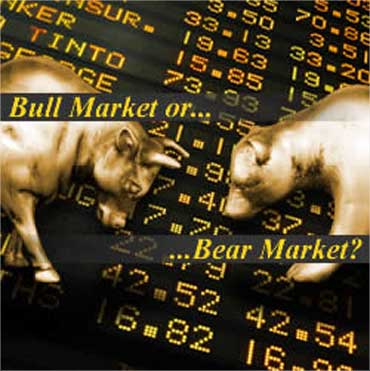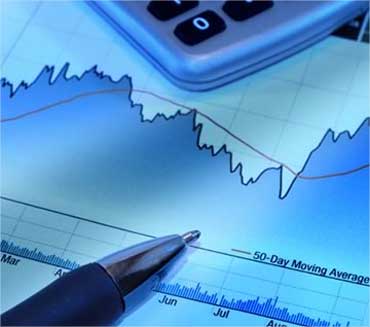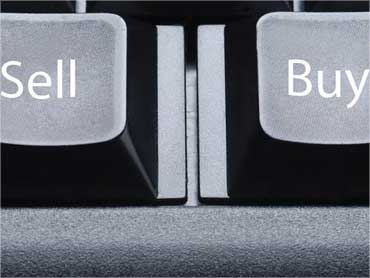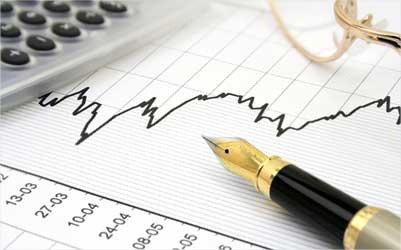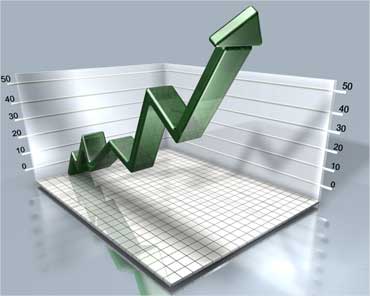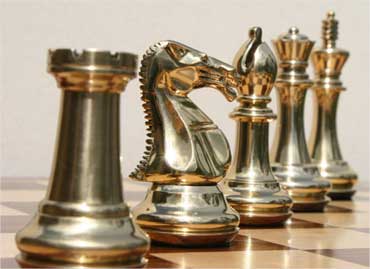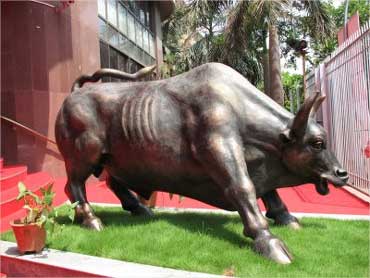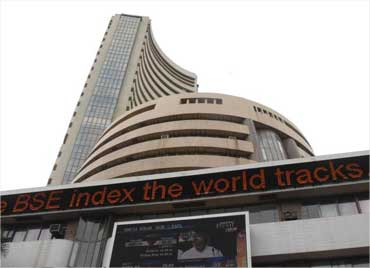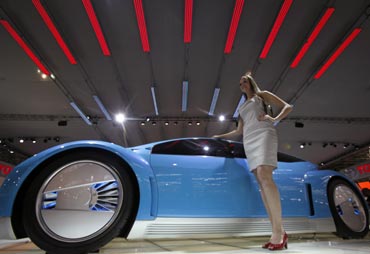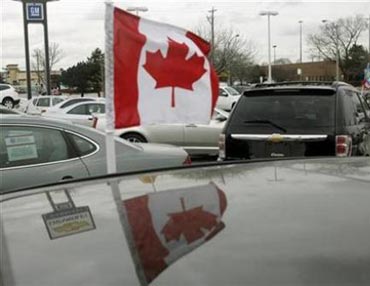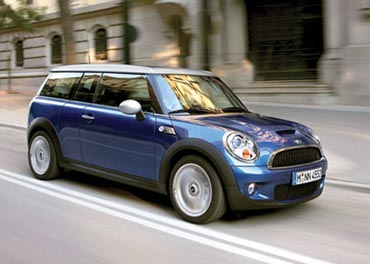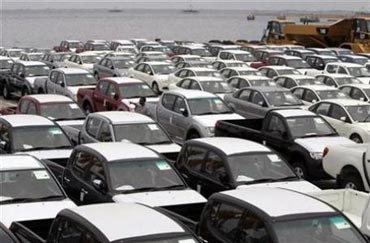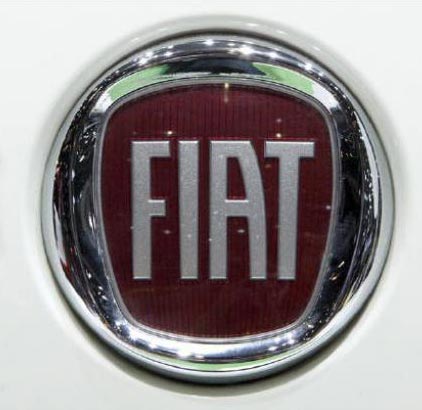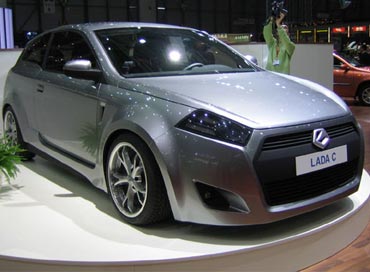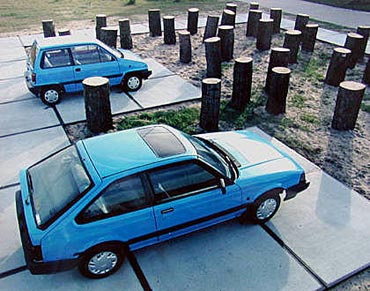
It is interesting how our concept of what is safe changes.
During a stock market top, everyone thinks they can tolerate huge allocations to stocks and see no problem being invested 100 per cent in equity.
After the crash, their tolerance for stocks is much, much lower. A lot of what we distinguish as being safe is really situational.
After equity falls, a lot of people think gold is safe. It becomes the latest sector fad, and yet gold is extremely volatile.
It's a very concentrated sector and although it is a fact that it has done well recently, that does not mean that it's safe.
How, then, does one go about investing safely? In creating your safe investment portfolio, consider using a mix of the following investments. The allocation to each area is determined by your overall financial plan.

Government securities (Treasury bills) have a very low risk in terms of losing principal.
They are wonderful for shorter-term goals and liquidity.
Virtually any type of investor could use these for shorter-term goals or to satisfy the need to have some funds that are safe and liquid.
Bank deposits are very low risk in terms of preserving principal. They are low cost and straightforward to buy.
Bank FDs can have a place for most people in terms of meeting shorter-term goals or the need to have some very safe investments.
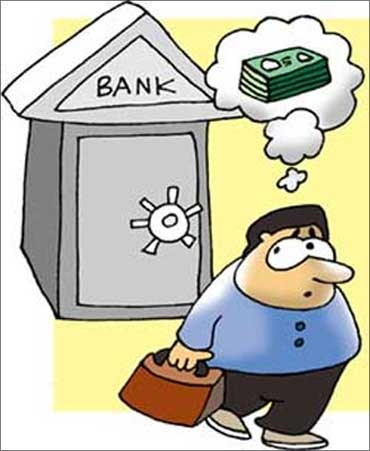
If we only concentrate on the risk of losing principal, bank FDs, savings accounts, and treasury bills score very well, but these investments all score high on the risk of losing purchasing power.
If you put your money in an FD or in a savings account, you will receive interest periodically.
But, when you take the money out, keep in mind that chances are the money is not going to buy as much.

Bonds can be a great for dampening volatility.
Most investors will benefit from holding short to intermediate term, high quality bonds or bond funds in a portfolio.
But if you're looking for protection of purchasing power, then bonds do a very poor job.
If you buy a bond for Rs. 10,000 and it pays 5 percent a year in interest, you get Rs 500 annually each year until it matures.
But every year that Rs 500 buys less and, when you receive your Rs. 0,000 at maturity, the proceeds will buy less.
So even though you feel good because you invested Rs 10,000 and you got back Rs 10,000, you have actually lost money in terms of real rupees.
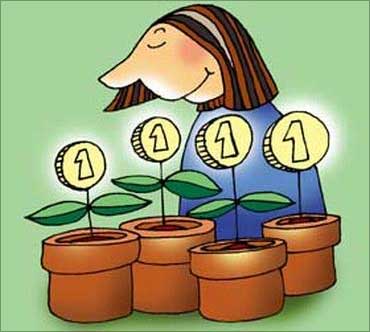
With all fixed income investment, you are a lender.
Your deal is made when you purchase the FD, bond, or fixed annuity.
The government entity or company uses your funds and promises to pay you as defined in the agreement, contract, or indenture.
It doesn't matter how well the county or the corporation or the bank or the insurance company does (as long as they stay solvent).
Your return is governed by the terms of your investment agreement.

With stocks, on the other hand, you are an owner and, therefore, assume the risks and benefits of ownership. There are no guarantees.
You must be willing to take on the uncertainty of principal fluctuation to obtain the generally better long-term returns provided by equity investments.
Stocks are great for goals that are out five years or longer. In terms of principal risk, big companies actually have a high level of risk. Individual stocks have extreme volatility.

It's not unusual for what we consider to be blue-chip stocks to trade in a range that varies 50 per cent from high to low in a given period.
The range of fluctuation is very wide for these vehicles.
So, for goals that you must meet in a short or intermediate time frame, they are not appropriate.
However, a basket of blue chips does have a good record of generating gains and preserving purchasing power over time.
While you do take on the risk of principal fluctuation, you're protecting yourself against running out of money down the road.
Small and mid-cap stocks should also be included in the portfolio, operating in a somewhat different cycle than large company stocks.
Mutual funds offer the least volatile way to invest in this area.
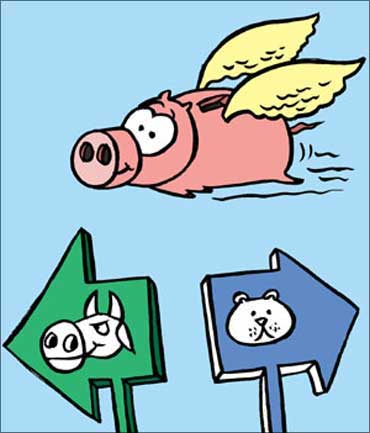
In allocating the equity portion of the portfolio, distribute over large and small companies, over growth, core, and value companies, and over foreign and domestic companies.
In addition, real estate and natural resource funds may be included to provide asset classes with modest correlation to the general market.
Holding a single stock or just a few stocks is not an attractive investment strategy because of the huge potential volatility it carries.
When we invest in any stock, we take on market risk.
The big market moves are macro in nature and are forces over which we have no ability to prevail. Really great companies can also take huge hits in market value.
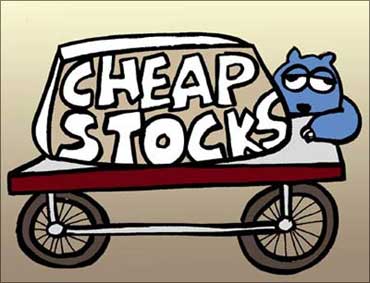
In holding a single stock, you not only take on market risk but the risks of that particular company as well.
You're bearing two levels of risk. The strategy of owning a handful of individual stocks is rarely appropriate.
Using mutual funds for all asset classes can be an excellent way to get effective diversification and minimize volatility.
Look for funds with low expenses, both in transaction costs and in annual operating costs.
In effect, stocks are the engine of a portfolio and bonds are the airbag.

Stocks ultimately drive the portfolio and provide potential for higher returns.
Bonds will never deliver stellar returns and only occasionally will achieve significant appreciation (when you buy bonds at the peak of high interest rates and hold them as rates fall).
However, bonds can provide a comfortable cushion - certainly the experience over the last couple of years.
The mix of stocks and bonds that is right for you depends on how far you have to go and how fast you need to get there.
Such a mix is the ultimate secret of loss-proof investing.
